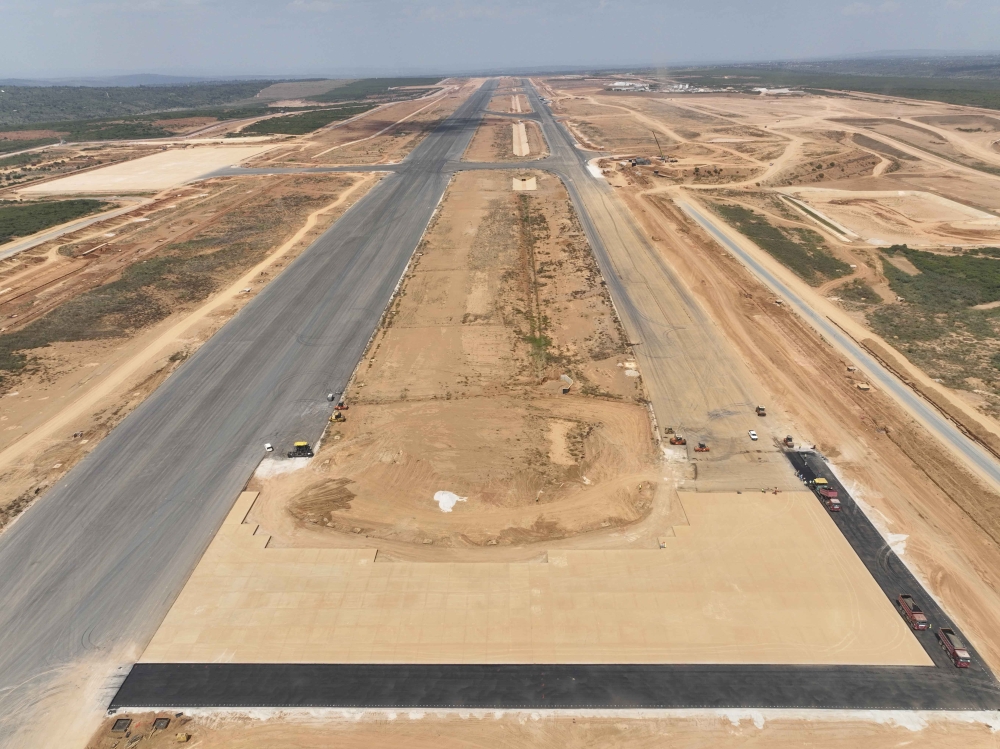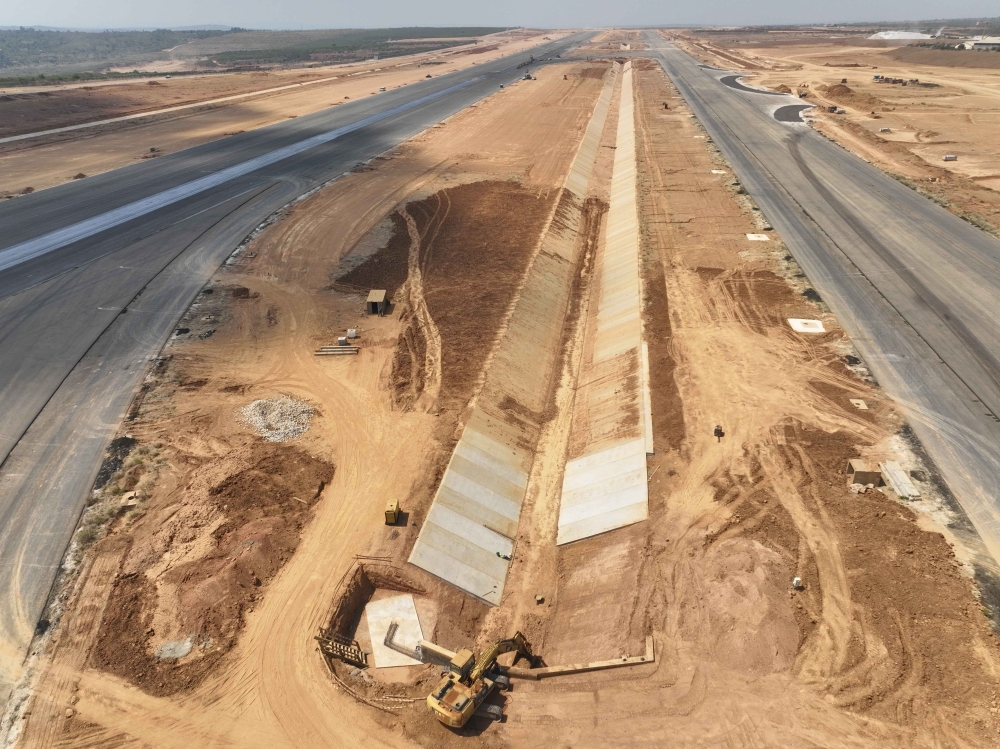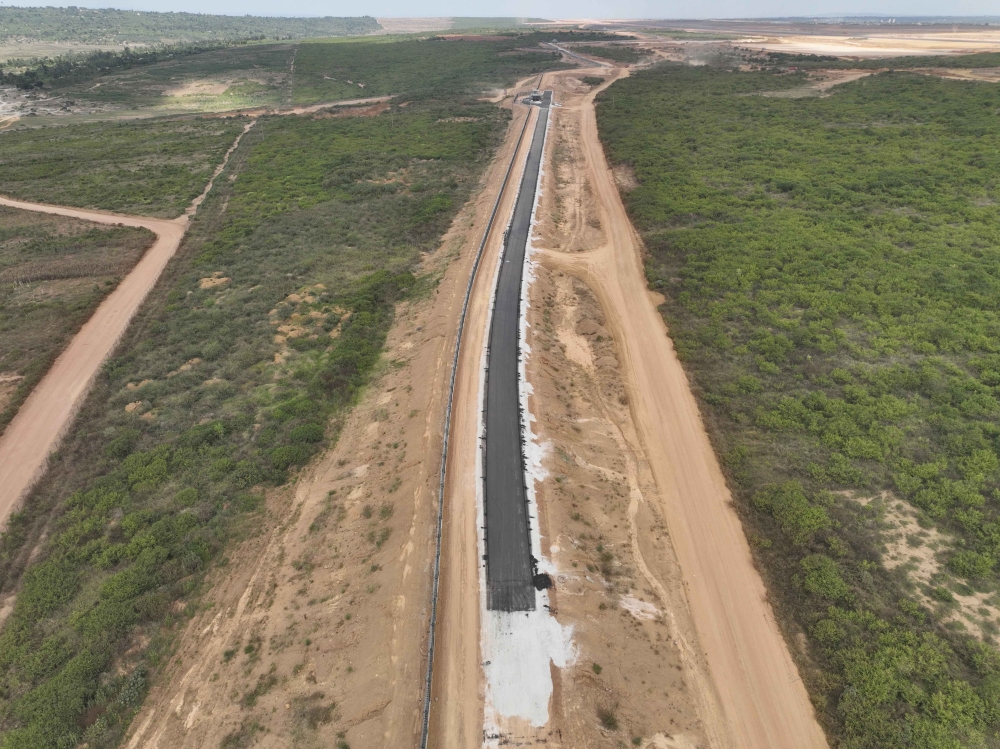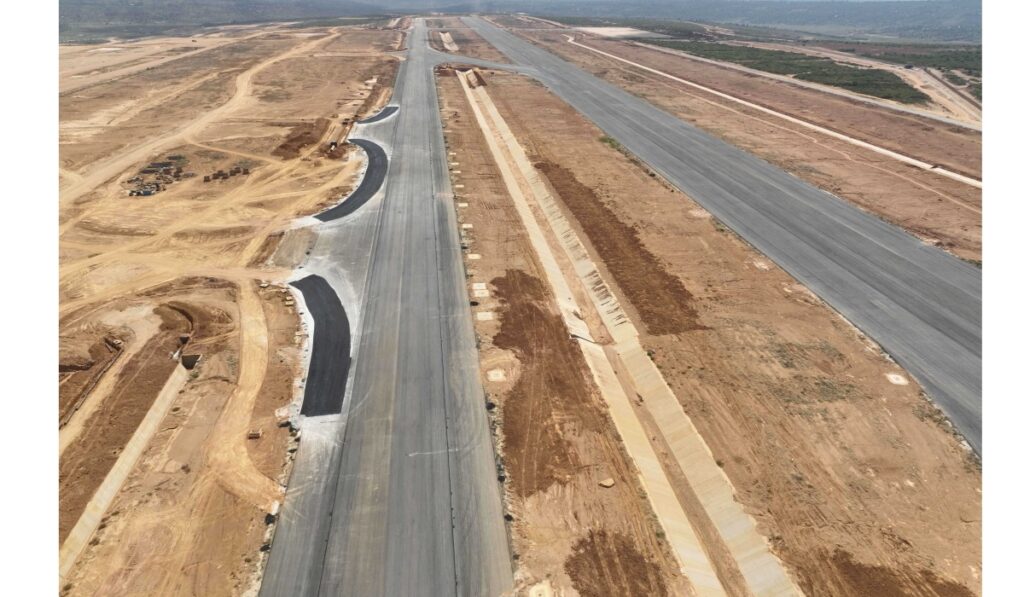The new airport, situated approximately 40 kilometers south of Kigali, has generated job opportunities for 1,800 to 2,000 workers, including those employed by the project management company, directly by the project, and through subcontracted companies for specialized tasks. Initially projected at $2 billion, the airport’s final cost could fluctuate based on various factors, as noted by Ndenga.
Jules Ndenga, CEO of ATL, mentioned that the contract for the second phase is expected to be awarded in July this year. This phase will involve constructing a passenger terminal, a cargo terminal, an air traffic control tower, and buildings for security, administration, and offices.
Initially slated for completion in 2026, Ndenga anticipates that construction will conclude in 2027. Following this, the next steps involve workforce training, testing, commissioning the airport, and obtaining aerodrome certification, which is estimated to take about a year. Consequently, the airport is expected to become operational in 2028.
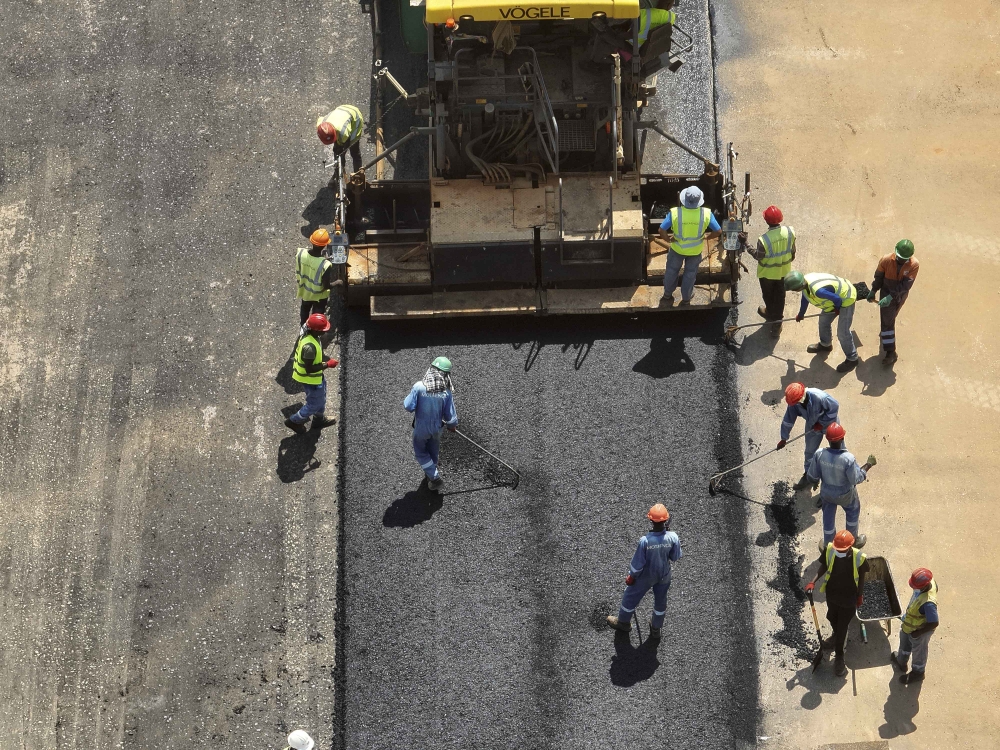
The new airport, situated approximately 40 kilometers south of Kigali, has provided jobs for 1,800 to 2,000 workers, including those employed by the project management company, directly by the project, and subcontracted companies handling specialized tasks.
Initially projected at $2 billion, Ndenga mentioned that the cost could fluctuate depending on various factors, potentially remaining stable or changing over time.
The airport’s capacity
Once finished, the airport will feature a 130,000-square-meter main terminal capable of accommodating 8 million passengers annually, with future capacity expected to exceed 14 million. It will be linked to the regional Rusumo hydroelectric power system to promote renewable energy adoption. The airport will also incorporate advanced electrical usage management systems.
The airport’s environmental initiatives will highlight Rwanda’s commitment to implementing the Green Building Minimum Compliance System (GBMCS) outlined in the National Building Code. These efforts encompass energy efficiency, water conservation, waste management, material efficiency, indoor air quality, and sustainable transportation within the airport.
As part of its current construction phase, the airport aims to attain LEED Silver Certification, a global standard for recognizing environmentally friendly buildings.
